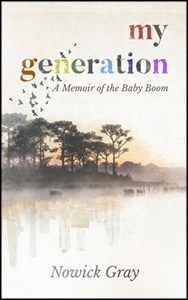Time Capsule
by Nowick Gray
Do you sense we live in a time of historic change, perhaps even transformation? How much of the turmoil in our world today is unique, and what parts of the drama have been rehearsed and rerun through innumerable cycles of time?
The following snapshots—personal and planetary, archetypal and ordinary—offer portraits of past humanity, like cameos unearthed in a time capsule. What can we learn from these dusty mirrors? Can we appreciate how far we’ve come, and glimpse a future to hold our preferred dreams?
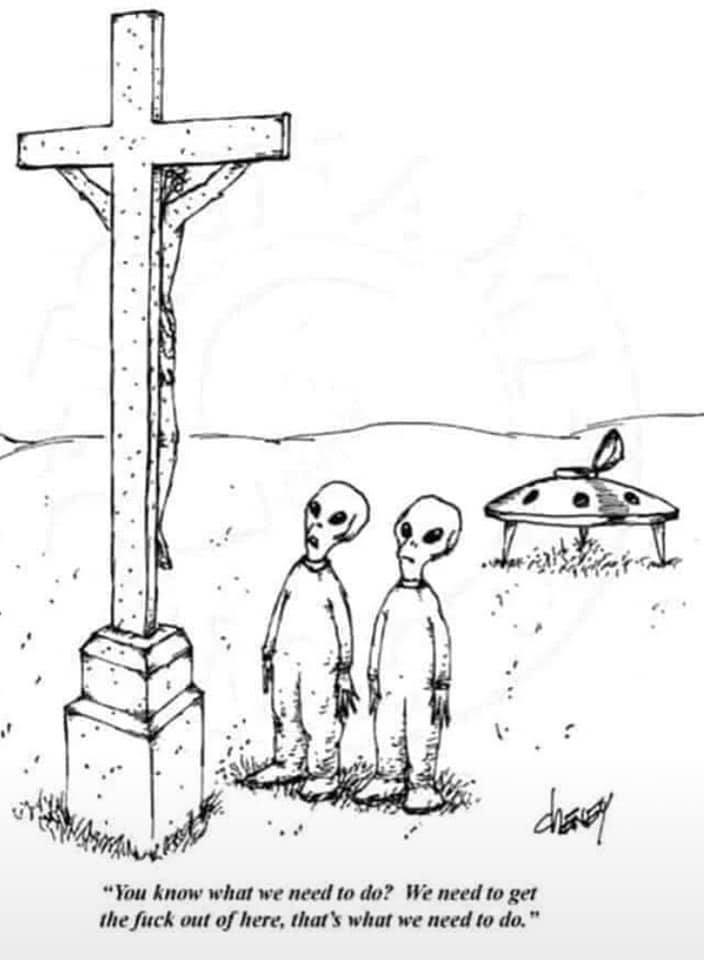
The following snapshots offer portraits of past humanity, like cameos unearthed in a time capsule. What can we learn from these dusty mirrors? Can we appreciate how far we’ve come, and glimpse a future to hold our preferred dreams?
Straight-Back and the First Uniform
One day there was one among them who rose to his full height and walked upon the earth with eyes fixed on the distant horizon. His name was Straight-back, because unlike the others he had an obverse curve in the spine which caused him pain to stoop rather than to stand. While the others crouched forward looking for grubs, shrubs and other low-lying sources of food, Straight-back walked tall and, though scorned at first, somewhat proud. He could see farther, and in seeing farther, felt his mission was to go farther.
Straight-back’s best friend, Crack-knuckles, had a different anomaly in his physical architecture. That is, when he slipped and caught his balance with his fist on a boulder, the shock was taken up by the joints in his fingers giving way with an audible crack. This was unlike what had happened to his own uncle, a man whose knuckles had sustained a painful injury, stretching the internal fibers so that they were never as flexible again, and causing him to miss in his aim as a spear thrower in later years. Crack-knuckles shook it off and looked in wonder at his own bruised hand, expecting broken bones but finding his fingers limber as ever.
Straight-back and Crack-knuckles returned from their hunt one day and caused quite a sensation in the camp. Each wore below his waist a leather pouch to cradle their private parts, which Straight-back had suggested would prevent injury by shielding from hard branches or battering thighs. Crack-knuckles had learned by gradual exercises to walk nearly as straight up as Straight-back himself and he too had heard derisive comments for his brazen self-exposure.
Their first departure from custom had given the females much to talk about, and now there would be a new sensation: these tawny shields that hid the magic members out of sight, reserving them for unveiling at some later time of the young men’s, or young women’s choosing. Soon all the guys would want one.
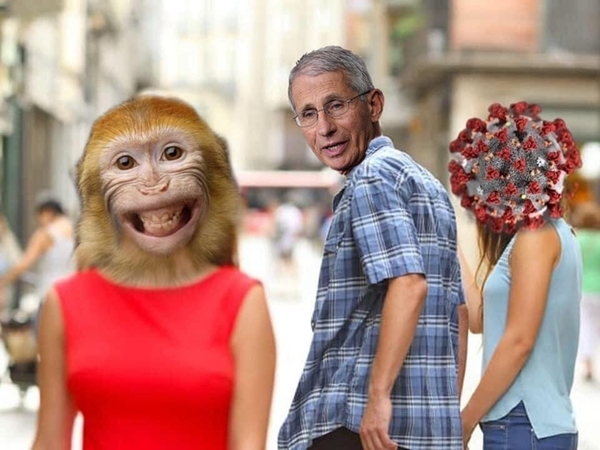
The Buffalo People
Where the smart money goes, the dumb money follows.
Pondering this truism, I want to tell you a story of my people, The Buffalo People. There were years of struggle, poor meat and scarce: the odd sick rabbit, a stray deer. When we found the buffalo, I am told, there was awe and celebration: years of feasting, as the herds’ movements were followed, and our lifestyles changed to take advantage of the new wealth in meat, furs, bone and sinew. People indulged in wild stories, romantic adventures, new song and dance.
Eventually other tribes got wind of the great bounty in our part of the prairie, and they began coming to raid the herds, even to drive them away so that they could enjoy what my people had grown so comfortably used to. During the last time of plenty, many children were born and I was among them. Now that I am reaching adulthood, I find that these fortunate recent ancestors of mine have lost their ability to track the herds reliably. When I go on hunting trips now with my friends or even with some of the elders, we have no longer enough of the old skills to find meat when we need it. We eat supper then from our bags of pemmican, or nothing at all. If we bring a woman along she finds roots and boils them for us. We men cannot bother, because we are plotting our great hunt in the following day, or week, or month.
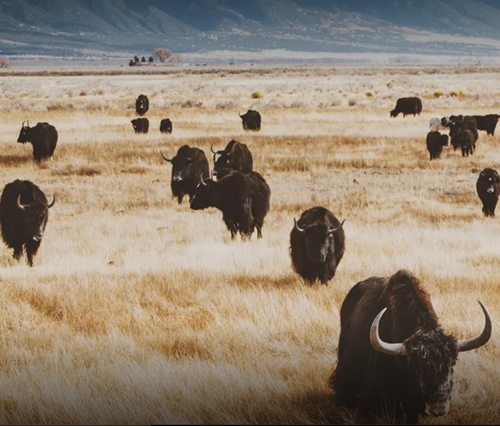
Now I hear of another race of men with their eyes on what is left of our hunting territory. These men though have solved the problem of hunting, forever, it is said. For they carry with them, among their many wonderful possessions, herds of furless buffalo who are docile enough to live inside pens. What I wonder is, when these men come and take my land, will they not grow so numerous that all the grass of the prairie cannot feed their cows, cannot contain their bulls? What then? The buffalo will be gone.
Now I watch the rain and I think of the old days, but it’s no more than a dream. Today I have an empty stomach, and I need to think of what most needs to be done: to ask somebody who remembers what to do, to go where our hearts and dreams sign the way. To find a new home under these same stars, this same sun and moon.
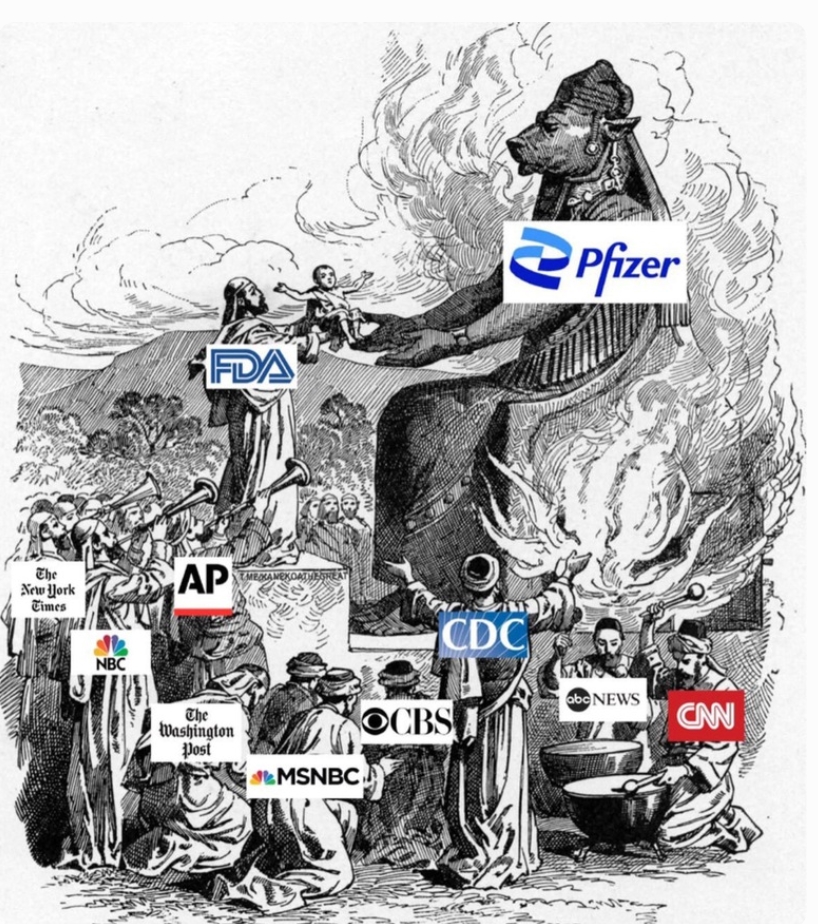
Knoxville Predystopia Blues
- D. Salinger’s iconic voice of the disaffected postwar generation serves also to signal a coming dystopia, where the entire world run by the so-called adults would prove to be “phony.” Salinger’s hook and vehicle in Catcher in the Rye is the voice of the narrator, Holden Caulfield, conveying both internal attitude, social interaction, and generational worldview: an archetype, given expression one to one with the reader.
A more naturalistic portrait of the seedy underside of the American Dream appears in Cormac McCarthy’s novel Suttree. This version of the same era portrayed by Salinger, the early 1950s, is conveyed as a sensory palette, not a portrait of a man from outside, but from inside looking out. The narrator surveys not only the tattered tapestry of visual Knoxville and surrounds, but also the oral register of its inhabitants, the smells and tastes and texture of life on the edge, with all the inherent tension and fatalism implied. The outer world in such detail conveys a subjective mood: a grimy yet redemptive vision of human resilience and grace; an escapade or helping hand to a doomed companion; a return to the river, in surrender to its murk and detritus, its strangely surviving fellow creatures.
Suttree’s Knoxville is the America that happened to those who stayed behind, in the migration to greener pastures and disneyfied dreams. My mother lived in Knoxville around that time, the wife of a man who cheated on her; so she left with two toddlers, my older sister and brother, and moved back to Baltimore. Pretty soon she hooked up with a handsome Army club manager, my father. When I was born, he shipped off to Korea for a similar gig, a reward I suppose after bombing German cities.
Man Burning
‘The life is mightier than the book that reports it. The most important thing in the world is that our faith becomes living experience and deed of life.’ – Norman Morrison
November 2, 1965. A thirty-one-year-old Quaker named Norman Morrison drove from Baltimore to Washington, DC and parked near the Pentagon. He carried his year-old daughter, Emily, and a gallon jug of kerosene to within view of the office of Defense Secretary Robert McNamara, and doused himself with the fuel.
Morrison was concerned that no one in the death-dealing machinery of the government was listening to the rising tide of protest over the war in Vietnam. Buddhist monks there were lighting themselves on fire to send a message to the world. Earlier that day Norman had discussed with his wife, Anne, a French priest’s report of women and children burned alive in a napalm attack on his church. Something more had to be done. But by whom, if not Norman himself?
When alarmed onlookers shouted “Drop the baby!” he placed Emily safely on the ground, then lit a match on his shoe. He remained rigid, leaning against a wall, as the inferno consumed him. Rescuers rushed to dampen the flames with coats, too late. Little Emily, lifted away, gazed on, unharmed.
Secretary McNamara couldn’t quite recall, later, whether he witnessed the act directly from his third-floor window, or was informed about it by staff, but it shook him to the core; he shed tears over it publicly, decades later. Still, into 1966 and beyond, the Vietnam War carried on, an inferno with its own unstoppable momentum—despite one man’s act of protest and the grave misgivings of the war’s architect.

silhouette of a monk, meditating on fire background
The Friends School in Baltimore, where I had begun attending tenth grade that fall, shared the same grounds with Norman Morrison’s Stony Run Friends Meeting; and the self-immolation of this martyr—one of their own—provoked much soul-searching in spoken testimony over the following weeks.
Once knowing the truth of war’s horror, and finding it unacceptable, did one have to act? If a person truly cared about ending the war, what should they do? Would more follow Morrison’s example of self-sacrifice for the greater good?
I now understood the depth of the Quakers’ convictions, the peace testimony they were known for, and the duty to speak truth to power. It wasn’t enough to acknowledge that a man named Jesus died for our sins, long ago. Caesar needed a wakeup call.
The image of the human torch remained startling, haunting, whenever I thought of it. It burned on, like the eternal flame at Kennedy’s grave, a signal of the times. But its effect was subtle, like a distant earth tremor, its aftershocks lingering just outside the daily round. The news had come, alarming, then passed to other news, the folding back of a preoccupied life, with no outward effect on me or the moral landscape of the nation.
Yet perhaps it was Norman’s unthinkable nerve that awakened in me a social conscience, and challenged me to reweave, in my own way, the fabric of the world I would inhabit. In that quest I was not alone. Boomers en masse, inspired by acts of courage or atrocity, awakened to conditions of poverty or weapons of mass destruction, sought alternatives. Some flew away on hastily feathered wax wings. Some changed their name-tags from hippie to yuppie. I took to the hills, finding tracks into bear country.
Following my ideals in whatever way I could fashion, I shunned the self-destructive path—or at least, managed to survive my unconscious version of it. I wished to emulate neither Morrison’s symbolic torch, nor the slow burn of my father’s alcoholic demise. Using inner light for guidance, I needed to find where the other path led… as the Quakers would say, “as way opens.”
Long Strange Trip
On the road, looking for America… Emblematic of everyone’s search for “what it is to be American,” the Grateful Dead engaged in a group experiment to define, at least, what is American music. Into the gumbo of the early sixties they infused bluegrass, R&B, folk, rock, country, blues, jazz and classical elements. This was the melting pot where the stirring never stopped, because the real American thing was the thing: to keep it moving, keep it live, stay connected, go with that flow.
Life “on the road” shifted from the fictionalized escapades of the Beat Generation and came to epitomize the music of the Dead, allergic to studios and song formulas, bound for the next live concert to see where their audience wanted to go. The Dead were sure to take them there. Until… on to the next.
That was kind of the story of my life during those years where the beatnik and hippie and rainbow tribal nomadic ethos held sway. The countercultural narrative played out alongside my father’s upward mobility, at the price of corporate transfers every two or three years, his family along for the ride.
Both my parents drank, like everybody, and chain-smoked three packs a day. My mother drank Pepsi for breakfast. She kept a diary of all her meals. She was quite a good cook. She died of throat cancer, having to live on some paste. But she still watched TV, to the end, as I sat with her. My dad died, they say, of alcohol poisoning, two months later. I had already said goodbye.
It furthers one to see the great man.
‘My father discouraged living visitors to such an extent that an outsider, looking in, might have observed a wasteland of isolation.’ – Margaret A. Salinger, Dream Catcher
Graduation in March, a term earlier than the rest of the Class of ’72, gave me a paper degree without ritual or ceremony. I remained in Cornish, New Hampshire with Wally and Dwayne, still wondering what I would do with the next stage of my life. For solace I took the motto of Joyce’s selfsame protagonist in A Portrait of the Artist as a Young Man: to survive henceforth by “silence, exile, and cunning.” My neighbor J. D. Salinger had trod that path as well—though I wasn’t sure about the “cunning” part. What was the point of a life trending to disconnection?
My friend Dana, already graduated, came to visit and we pondered together our uncertain prospects. One serious consideration was to join Ken Harmon’s fledgling land co-op on a wooded hillside near Cornish. But the utopian vision, the first trial members we met there, and the rocky land itself all seemed rather sketchy, suggesting a life of vapid Buddhism and minimum wage.
One sunny spring day, after a week of murky indecision, Dana broke the ice with a revelation: “You know what’s missing from that bunch? Theatre. Poetry. Clowns!”
It was true. We looked one another in the eye and laughed crazily, then began to cavort down the road past Salinger’s place like a couple of mad monkeys.
At the bottom of the hill, Salinger’s driveway began. There was a large open field in the flatland below his house, and Dana noticed a modest-sized cabin, a little larger and more conspicuous than the secluded writing studio also on the property. “Hey, what’s that gingerbread hut?” His large teeth gleamed in a smile.
“Probably a guest house or something.”
Dana made big eyes. “That’s it! Maybe we don’t have to throw our lot in with that bunch of pioneers.”
“Pasty-faced pioneers.”
“Ha! Yeah, we could just freak out in that gnomish cabin there.”
“J. D. willin’ and the creek don’t rise. But what about rent?”
“Oh, same old problem. It’ll work out somehow. What were those Gypsy trades again?”
I’d been reading a book about the Gypsies, hoping to glean practical wisdom for managing an unsettled livelihood. I did a mental scan of my notes. “Let’s see… knife-grinding, horse-trading, fortune-telling… um, horse-stealing, bear-taming…”
“Hmm. How about a roving theatre troupe? We could call it Black Forest Clown Theatre. Little Fitchie meets the Gypsies—something like that. We don’t need to be real Gypsies. We can act it. And this can be our home base.”
It sounded fun, in Dana’s own madcap style, but once more I had to question my own fitness for such a venture. My training and skills lay in literature, not theatre. So just as I had held back from the prospects of taming the land, I now felt poorly qualified as a sidekick in Dana’s stage antics. But at least his dream was entertaining. And whatever the Gypsy might tell of our fortunes, we had to start somewhere.
“Maybe you’re right,” I said in a sober tone. “No harm in asking the great man.”
We looked up at the house on the hill—a large, foreboding, rustic mansion, every bit as intimidating as the House of Usher, to us literary neophytes. But we truly had nothing to lose, so we methodically started up the driveway. I worked up my courage on the strength of my prior meeting with Salinger on the road, and my half-year’s residence on the neighboring property.
We rapped on the large, solid front door with its hefty brass knocker. Footsteps shuffled inside, approached the door. Salinger pulled it open, then stood there momentarily in silence, taking us in. His eyes were black pools, deeper than sad, under dark eyebrows and a high forehead, as he leaned forward, a step above us on the sill.
Swallowing my awe of the literary giant, I now cringed inwardly to receive the ire of the famous recluse.
“Yes?” he finally intoned in a bass voice neither soft nor hard.
“Hi, we’re sorry to bother you, but, um…” I faltered and tried again. “Hi. You remember me? The time you stopped to help when our car was stuck in the snow?”
He gave a barely perceptible nod, a blink of recognition.
I considered offering my hand to shake, but went on with the introductions: “This is my friend, Dana. He graduated already two years ago, and, uh, I just graduated too, but a term early, since—”
“Yes, yes—what is it you want?”
I glanced at Dana, beside me shifting his weight. He still hadn’t opened his mouth so I figured it was my ball to carry. I turned past him and gestured to the little cabin at the foot of the hill.
“That—uh—cabin there—we were wondering… looking around for a place to rent, like for the summer at least…”
“My cabin’s not for rent.”
“It’s, uh, a guest house or—”
“I’m sorry, but I don’t rent it.” Salinger’s eyes had clouded over and he put his hand on the door to shut it and get on with his day… whatever it was he filled it with, since, as rumor had it, he didn’t write anymore.
“Okay. Okay. Well—”
Dana extended his hand. “It was nice to meet you, Mr. Salinger.”
Salinger shook it. “My pleasure.”
I followed Dana’s lead and shook, too. “Yes, thanks anyway. See you.”
He left us with a Mona Lisa smile, a hint of Rip Van Winkle in those ageless eyes. Maybe in our transparent naiveté, our innocent folly, we had struck a chord of resonance with his own past, the young writer-to-be. Salinger in his youthful prime had plumbed the adolescent soul in the persona of Holden Caulfield. Now, what was left? The deadening middle years, the winter of barren fields and cobwebbed cabins? He must have hoped to live out his final chapters uncomplicated, at least, by the whims of unformed characters such as ourselves. Was he bitter and cynical, self-absorbed and depressed, or contentedly aloof? It was not for us neophytes to know for certain. We would have to look elsewhere for our role models and guides, patrons and sponsors, allies in coming of age.
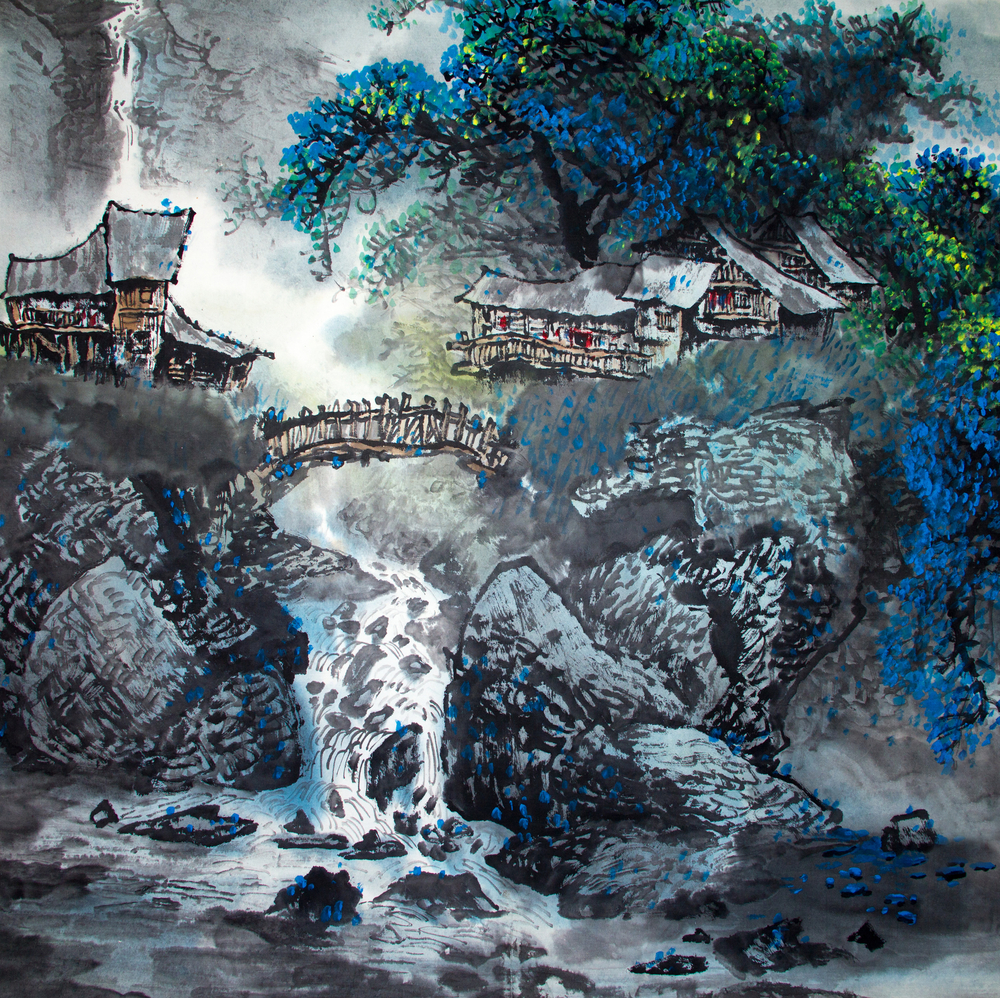
In the documentary Rebel in the Rye, the young Salinger comes across as bright-eyed and boyish, despite his wartime trauma. Not so much troubled as confident, enough to keep going despite the setbacks. At the end it’s as if he wants only to fulfill his editor’s early advice, that to be a real writer you must commit without any known reward. The writing itself will have to stand, a record of the crystalline creativity of its construction, in capturing a consciousness, and an era.
The work-without-reward theme fits with the understated Buddhist teachings Salinger came to follow, so that writing becomes more a spiritual practice, a form of meditation, like a Tibetan sand painting that is washed away once finished. Salinger the man has become Salinger the writer. It’s a fusion that’s the opposite of Suttree, who is divorced from his creator, though made in his creator’s likeness. The respective works reflect this difference: Salinger’s work the psychology and wordplay of characters alienated from society; McCarthy’s work the portraiture of a whole decaying world, whose characters simply move like Chinese landscape peasant monks, slow and small and silent, on a stippled canvas.
—
The episodes here of Man Burning and of meeting Salinger are adapted from Nowick Gray’s My Generation: A Memoir of the Baby Boom.
What if the system broke down, and you had to find a better way to live? A revolution, personal and together. That was the dream of My Generation. A uniquely personal quest for freedom and utopia, Nowick Gray’s chronicle spans the shallow American dream of the fifties, the campus revolution of the sixties, and the soul-searching seventies… all under the shadow of the Bomb.
Nowick Gray is a regular contributor to The New Agora and also offers perspectives and resources for alternative culture and African drumming. Subscribe to his Substack (New World Dreaming) or visit his writings website at NowickGray.com.
—
image credits:
(feature) monk: pox.na.vse.mail.ru
aliens: Cheney
Fauci: Canadian Pride, FB
buffalo: Corwin Prescott
child sacrifice: Dr. Robert Malone, substack
monk: pox.na.vse.mail.ru
landscape: Baoyan
—
– Come Like Us on Facebook – Check us out on Instagram –
– Sign Up for our Newsletter –
Subscribe to our New NOW Youtube Channel


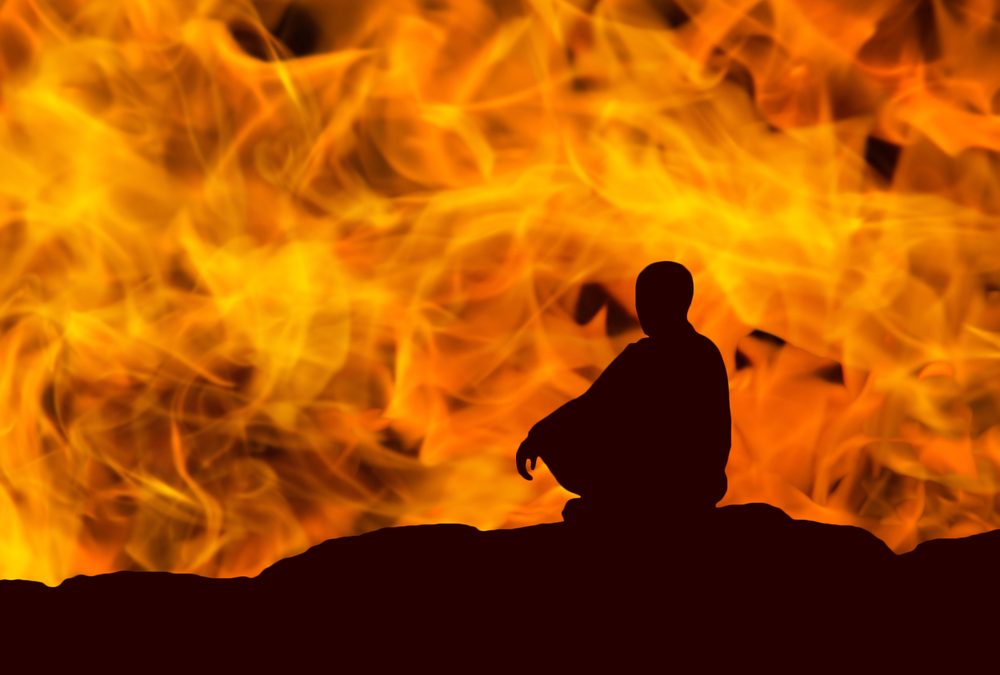
 nowickgray.com
nowickgray.com